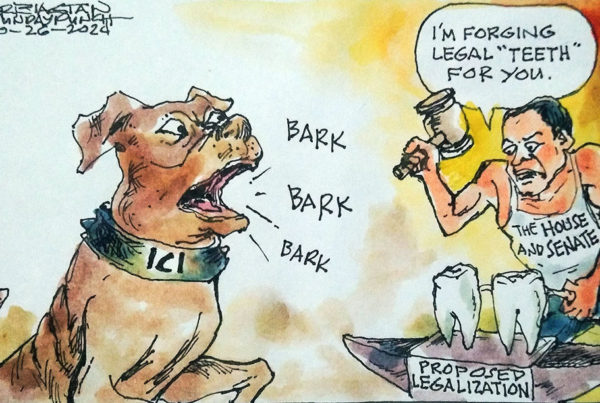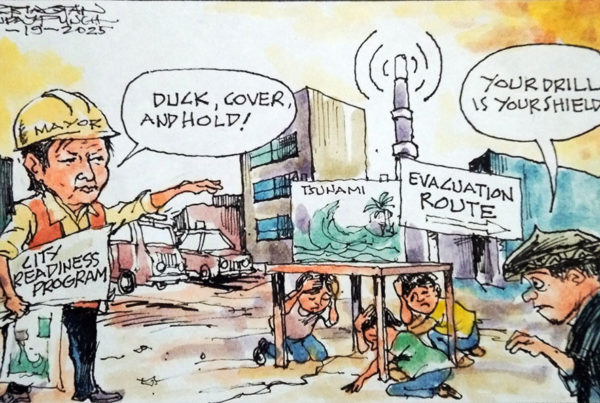Editorial
Clean campaign
IT gets dirty and ugly around towns and cities when its election season. Literally. That’s because of the pandemic posting of campaign materials just about everywhere. Section 9 of R.A. 9006 or the Fair Elections Act and Commission on Election (Comelec) Resolution 9615 lay down rules for campaigning, including the restriction of plastering the faces of candidates printed on posters and tarpaulins in designated common areas. But like with many laws in the Philippines, implementation is the crux of the problem. The Comelec has been pronouncing that it will get tough on campaign violators in this election, but at the same time acknowledging that it does not have the manpower to monitor the myriads of violations, much less penalize the offending candidates. The Comelec needs help. And help could come easy from various sectors, beginning with the candidates and their parties.
The candidates can demonstrate their leadership and good governance capabilities by taking control of their supporters. Any candidate who says he or she cannot be blamed over undisciplined followers has no business seeking office as a public leader. It’s also a good training ground on accountability.
Local government leaders, particularly the barangay officials as they are not in the running for the midterm elections, can help the Comelec by designating or providing two to three spots in their communities to ensure that there will be plenty of space for the candidates to show off their gorgeous profiles with their names in screaming font sizes. The lack of strategically located poster areas prompt candidates and their eager fans to risk violating the campaign rules.
For the public, go ahead and strip out those materials that you know have been irresponsibly glued on your walls, fences and gates, nailed or tied on electric posts, and our precious trees.
Keeping the campaign physically clean speaks a lot on how well we can be on our way to a truly clean elections.
* * * * * *
Digging deeper
FIRST, the US “Guardian” got stuck at the Tubbataha Reef off the Philippine West Sea near Palawan. It took months to remove it. America offered to pay us $1.2 million for damages, a paltry sum by any stretch of imagination. Barely weeks after the retrieval operation was completed, it was a Chinese vessel’s turn to run aground at the Tubbataha Reef. Reports said the 12 Chinese on board the ship were fishermen, and they could be poaching on our waters.
Question: How could the US Navy, with all its modern and sophisticated technology, commit such grievous mistake as to ram its way into our World Heritage, off-limits reefs? But even as we wait for a credible answer to that, the next puzzle comes along: Why would a Chinese vessel suffer the same “fate” right on the heels of the “Guardian’s mishap”?
Maybe, America grounded the ship as a ploy to execute a sinister plan of, perhaps, planting spy gadgets to monitor China’s military movement not far from the nearby, disputed Scarborough Shoals? And, in its counter-move, did China deploy its “fishing vessel” to discover the extent of America’s espionage tactics?
The plot thickens.









